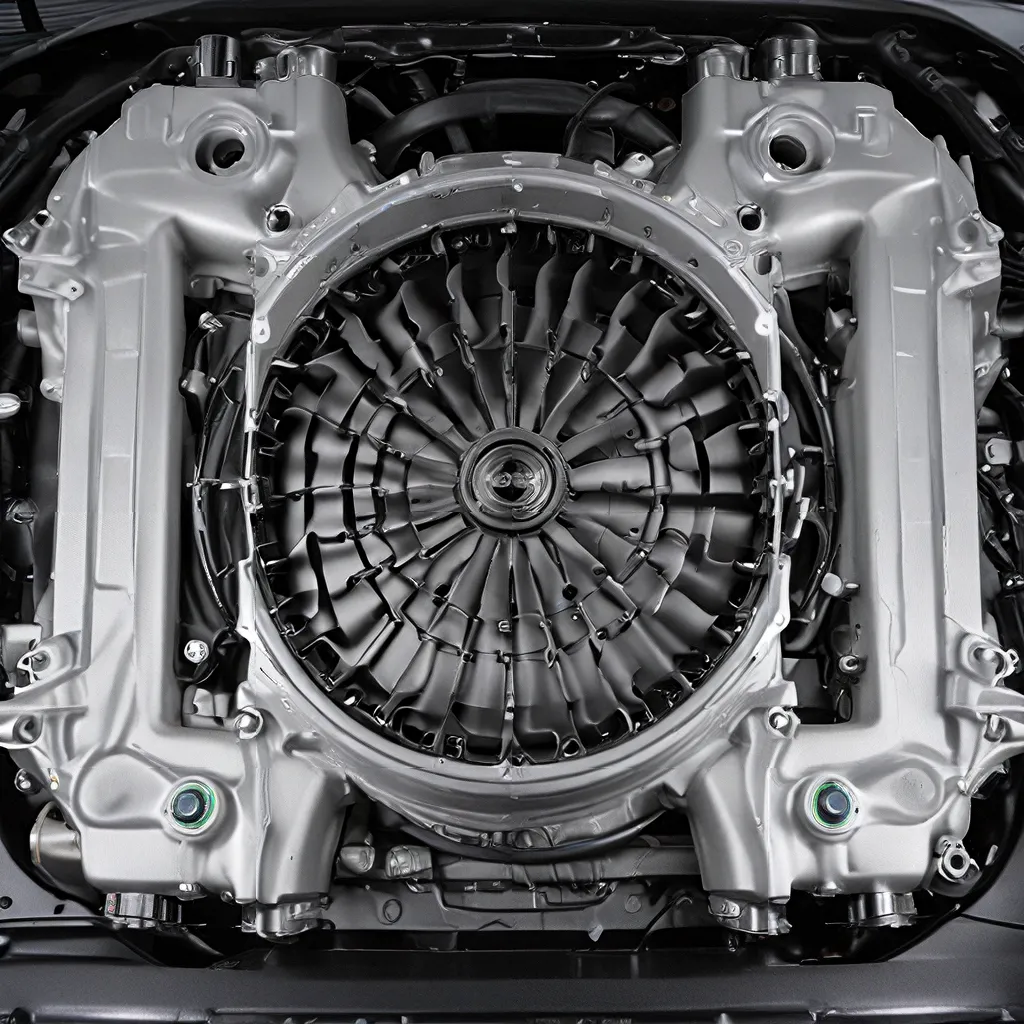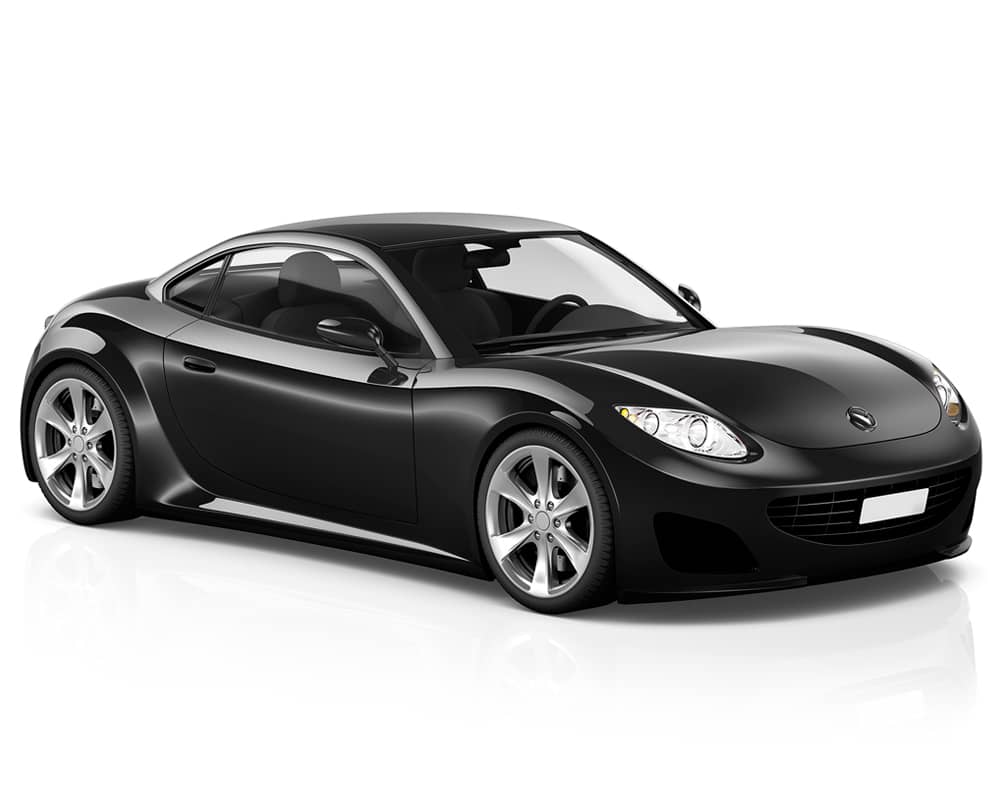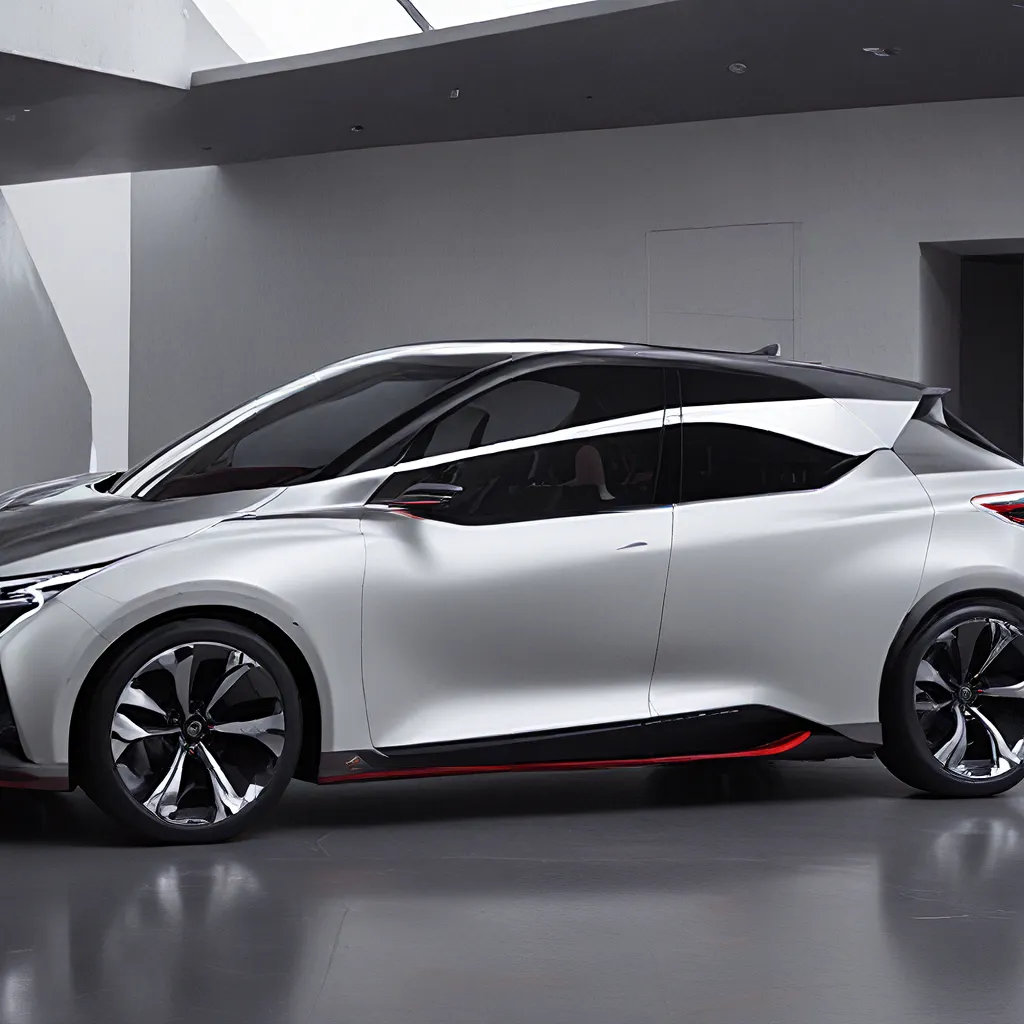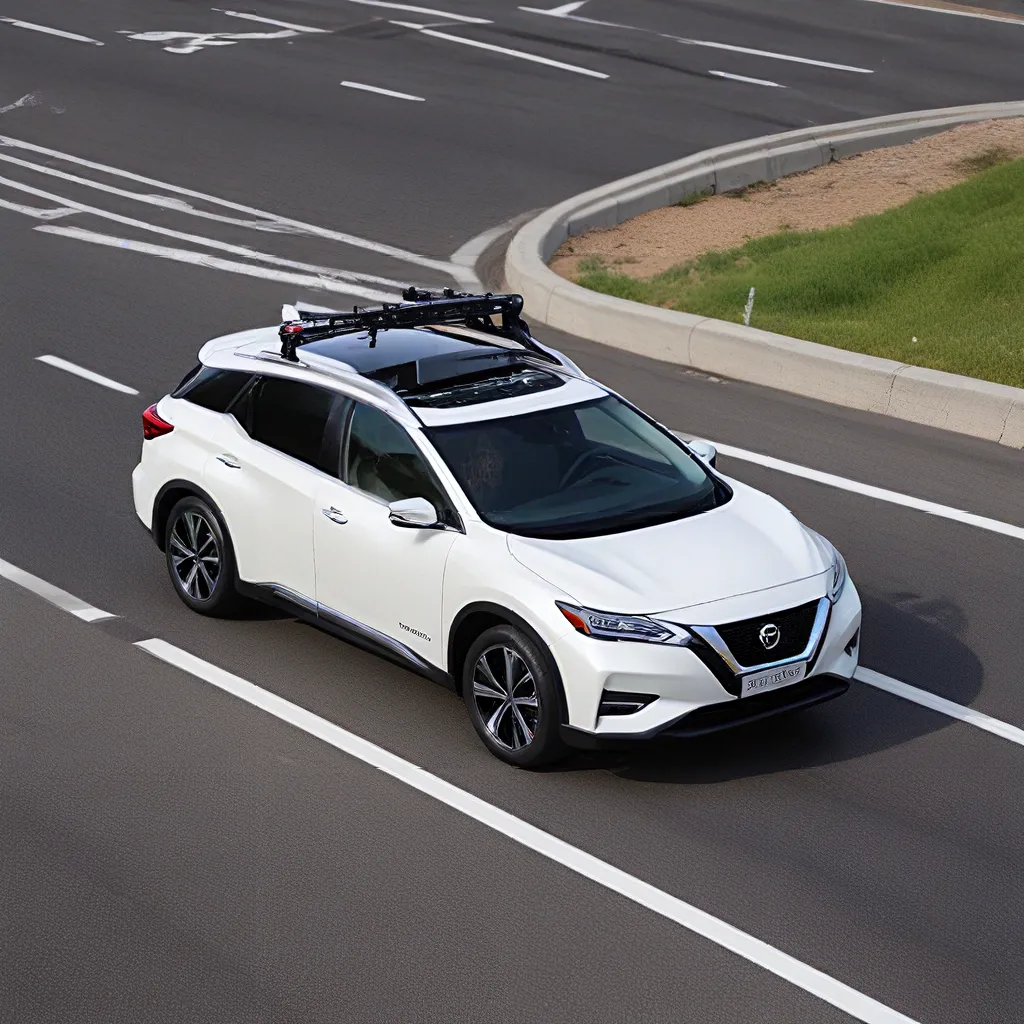
A Tale of Automotive Misadventures and Unexpected Cooling Challenges
Ah, buckle up for a tale of automotive adventures and unexpected cooling conundrums. Picture this: while the world spins in a frenzy to install oil coolers on their cars, I find myself defying the norm by removing mine. What madness, you ask? Well, let me regale you with the untold saga of how an innocent little oil cooler turned into a radiator-blocking mischief-maker.
Adding an oil cooler to your car promises improved performance and lower operating temperatures, right? Oh, how wrong I was. Let’s go back to when I first installed the oil cooler. At first, things seemed hunky-dory. The oil cooler dutifully fulfilled its role, chilling the engine oil and seducing me with the promise that all my overheating issues would be solved. But little did I know, a sneaky issue was creeping up on me, ready to pounce on my dreams of solving the overheating woes.
At the time of installing the oil cooler, I didn’t have a way to accurately monitor oil temps. I was just banking on the fact that now, because I had an oil cooler – especially of this size – installed, I would never have overheating issues again. However, as you’ll read below, my hopes were built on empty promises that the oil cooler couldn’t deliver.
The Conniving Oil Cooler: A Radiator’s Arch-Nemesis
In certain situations, there can be an issue where the positioning of the oil cooler and intercooler obstructs the flow of fresh air to the radiator. This can result in a reduction in the cooling efficiency of the radiator, as the air passing through has already been heated by the heat exchangers. It is crucial to ensure proper airflow to maintain the optimal temperature of the radiator and avoid any potential overheating issues.
As you can see below, the oil cooler I have installed has blocked just about every inch of fresh airflow to the radiator. I mean, just look at it. There is absolutely no room. I’m sure you’ll notice too that I even cut out my 2021 grille to help aid in increasing fresh airflow to the radiator. But if you look closely, even the braided cooler line that runs over the top of the cooler is blocking any last attempt of fresh air that the grille cutouts could provide.
I have seen some install the same oil cooler I have, and they were able to run the braided cooler line behind the cooler itself. I did try to do this, but was unsuccessful because the radius was too tight on the 180-degree AN fitting coming off the oil cooler, and it interfered with the cooler itself. The fitting 180-degree bend is too tight and hits the cooler itself because of how thick it is.
Flashback to Last Year: A Scorching Track Day Nightmare
Okay, so here I am, very excited that my overheating issues will be a thing of the past. I’m so certain that I even signed up for a Speed Ventures/HTAC event here at LVMS. Let me set the mood for you: it’s just your average April Saturday in Las Vegas, hot but not blazing hot, with temps reaching the 80s. But hey, I’m not sweating it – literally – because I’ve got an oil cooler and a sick aftermarket intercooler installed.
I was pumped for my first session of the day. The weather was windy, but the morning temps were in the high 60s, so it was all good. I started to attack, and after just two laps, I glanced at my LogR screen. And guess what? I nearly freaked out. The ECTs were already hitting 220 degrees Fahrenheit, man! Can you believe it? With the temps only in the mid-60s, wild.
Immediately, it was a facepalm moment for sure when I realized my worst nightmare had come true. I totally messed up by blocking all of the fresh, cool air from getting to the radiator with that beefed-up intercooler. And to top it off, why on earth did I think it was a good idea to stick an oil cooler right in front of the radiator? What an idiot.
The Infamous Airflow Obstruction Woe
Ah, the infamous issue of blocking airflow to the radiator. They were hot topics on the forums, pun intended. The word on the street was that the HPD cars opted for the trusty OEM intercooler. Now, in the recesses of my mind, I couldn’t help but anticipate some lingering overheating woes, even with the oil cooler and intercooler in tow. And let’s not forget, I have a 2021 FK8, which conveniently houses the LKAS sensor right where those side-mount oil coolers would typically reside. Which is why I opted for the oil cooler to go in the grille – I figured any oil cooler was better than no oil cooler. I couldn’t have been more wrong.
Throughout that day, despite only reaching temperatures in the mid-80s, my vehicle encountered a significant challenge with overheating. The engine coolant temperatures soared to unprecedented levels, surpassing even those observed during one of my previous track days at SMMR when the outside air temperature reached a scorching 95 degrees Fahrenheit, and my car didn’t even have half the cooling modifications I currently had. It was clear that having the oil cooler blocking the radiator was not the move.
Throughout the day, the factory ECT gauge on the left side of the cluster was reading a few marks above its normal mark, and it was clear that the car was pulling timing. This was similar behavior to what I had experienced on another one of my previous track days when the temperatures were in the high 90s and I had a stock intercooler and no oil cooler. However, I’m happy to report that the 27won intercooler, despite blocking all cool air from the lower half of the radiator, was doing its job and helping keep those IATs low.
Despite all this, I still ran each session for the rest of the day and continued pushing the car hard, even though the ECTs were well into the 245-degree range. This probably isn’t the best thing for the car, but honestly, when I’m on track, I only see red, and I’m only concerned with going as fast as possible. This is why I pamper the car so much in every other aspect – oil changes every one thousand miles, trans fluid changed after 4-5 track days, wash/wax it weekly, and continue to dump all my retirement into it.
The Grille Gambit: A Futile Attempt at Cooling
I bet I know what you’re thinking. You’re thinking all this overheating stuff is because I have the stock grille, and I wouldn’t have any issues if I had an aftermarket grille. Hold on, fam. Yep, that’s right, I tried that too. With the aftermarket Js grille, you can clearly see just how much the oil cooler and braided line are covering the radiator – well, technically the AC condenser. But the condenser is mounted to the radiator, so for all intents and purposes, let’s just loosely call it all the radiator.
So, after realizing that the oil cooler and intercooler were not going to solve the issues, I decided to try more drastic measures. Click the link below to read about how I installed a titanium inlet pipe and switched to flex fuel in a desperate attempt to lower ECTs. For those that don’t know, ethanol or E85 helps reduce temps in the combustion chambers and thus can potentially lower overall ECTs.
Chilling at Buttonwillow: A Frosty Finale
After doing everything listed above, I headed to Buttonwillow in late 2022, hopeful that my overheating woes would be a thing of the past. Just for reference, let me list below all the cooling mods that I had on the car, so you are clear on the lengths that I have gone to prevent overheating:
- Greddy oil cooler
- 27won intercooler
- Titanium inlet pipe
- Flex fuel
- Js grille
AND JUST FOR TRANSPARENCY, I ALWAYS HAVE MY HEATER ON FULL BLAST ANYTIME I’M ON TRACK.
So, even after all those changes to the car, I was still having issues with it overheating on the track. It was definitely better than before, and I could get more laps in before it started acting up. The good thing was that with all the cooling modifications, the car would cool down pretty fast once I slowed down a bit. I just had to go about 6-10th of my usual speed, and the car would quickly get back to normal. Most of the time, it would happen in less than a full Buttonwillow lap.
Unfortunately, after much sleuthing, I was ready for that hard-to-swallow pill. I recognized the culprit – the conniving oil cooler. Yes, my dear friend, rather than sharing the airflow love with the radiator, it decided to play the ultimate blocker. While it successfully chilled the engine oil, it shamelessly hogged all the cool air, depriving the radiator of its much-needed cooling breeze. Can you believe it? An oil cooler with a mischievous streak!
It turns out that my vehicle’s cooling system was in dire need of some radiator TLC. It had come down to prioritizing cool oil or cool ECTs. And yes, while they are both equally important, after careful consideration and a few muttered profanities, I made the tough decision to evict the oil cooler from its ill-gotten throne.
The Downfall of the Grille-Mounted Oil Cooler
Let me elaborate further on the topic of oil coolers. When it comes to oil coolers, it is important to consider the specific type of cooler being used. The information I provided earlier is particularly relevant for oil coolers that are designed to be mounted in the grille. It is worth noting that this particular type of oil cooler may present certain challenges and limitations.
While a side-mounted oil cooler may not be affected by the issue mentioned earlier, it is essential to understand the potential drawbacks associated with using a large oil cooler like the Greddy one. Despite its ability to effectively cool the oil, its size can often impede the free flow of fresh air. Also, because of the oil cooler, the temperature of the air now hitting the radiator is 240 degrees Fahrenheit. The radiator is designed to transfer heat from the hot coolant that flows through it to the air that passes through. If the air passing through the radiator is hotter than the coolant, then the hot air will not be wicked away by the airflow, leaving you with an inefficient cooling system.
The obstruction caused by a large oil cooler blocking a significant portion of fresh airflow into the vehicle’s radiator and other cooling components can lead to increased operating temperatures. This, in turn, may impact the overall performance and efficiency of the engine and/or cooling system. It is crucial to strike a balance between the cooling benefits provided by an oil cooler and the potential drawbacks associated with reduced airflow. Consider consulting with a qualified automotive person or conducting further research to determine the most suitable oil cooler for your specific vehicle and cooling needs.
A Frosty Farewell to the Oil Cooler
Recently, in January 2023, I hooked up a DEFI oil temp gauge in my car and put the sensor in the aftermarket oil pan. I’ve actually had the oil pan installed for a while now, but just never got around to installing the gauge. The only bummer is that I didn’t have the gauge installed before putting it in the oil cooler. So, I don’t have a reference for the oil temp on track before the cooler was installed. On the flip side, I also don’t have a reference for oil temp on track with the cooler installed because I haven’t done a track day with both the oil cooler and temp gauge installed at the same time. It’s a bit of a bummer, but that’s how it turned out.
See below the aforementioned oil pan with said bung.
Here’s the deal: I installed the oil cooler back in March 2022. That year, I participated in a few events, my last track day in that year was in November 2022. Then, in January 2023, I decided it was finally time to get some real data and installed the oil temp sensor. But then, in February, Angie and I welcomed a baby into the world. As you can imagine, track-car stuff had to take a backseat for a while.
However, during Angie’s maternity leave, I managed to sneak in one last event in May 2023. It was going to be one final hurrah before taking a hiatus from tracking the car, so I went all out preparing my car so I could wring out every last drop of performance. You see, the oil cooler was a real pain in the neck when it came to the car overheating. When I was getting the car ready for one last hurrah on the track in May, I had to make a tough call. I decided to prioritize the engine coolant temperature (ECT) instead of worrying about the oil temperature and just got rid of the oil cooler altogether.
Let me tell you, I had been agonizing over this decision for months, going back and forth in my head. “Should I keep the oil at a steady, optimal temperature, or focus on the coolant?” Ideally, I wanted both to be at the perfect temperature, but hey, life doesn’t always give you what you want. By bidding farewell to my oil-cooling companion, I hoped to restore balance to the engine’s temperature harmony. Yes, it meant sacrificing the supposed benefits of the oil cooler, but hey, who needs an oil cooler when you’ve got a radiator in desperate need of a cool draft?
Bidding Farewell to the Oil Cooler
Jumping right in, I had already taken out 10 million plastic clips and screws that hold the bumper on and removed it. I also removed the intercooler as well to fish out the oil cooler lines. It is also worth noting that I had to trim the Js grille a little when I originally installed it to get it to clear the massive oil cooler. You can see below how I had to not only remove the metal mesh but also cut a large portion of it out on the lower part.
Originally, I was simply going to remove the bumper and try to reroute the oil cooler line in hopes of increasing airflow. But check out the 180-degree AN fitting that totally messed up my plans to route the oil cooler line behind it. I was hoping to improve the cooling slightly by simply rerouting the line, but guess what? The core of the oil cooler was too thick for the radius of the 180-degree bend to fit around the side. I even tried bending the AN line, but I just didn’t have enough muscle power to make it happen, and was more worried about breaking something. So, I decided to ditch the whole thing, and now that I have an oil temperature sensor in place, I can at least get a baseline oil temperature for when I’m on the track.
Also, keep in mind that the oil cooler IS centered; it just looks off-centered from this specific camera angle. Below, you can see the significant interference caused by the oil cooler braided line with the airflow, which compelled me to pursue a re-routing solution. Considerations were given to acquiring fresh lines and fittings that would allow for a more efficient re-routing. Regrettably, the exorbitant cost associated with obtaining several feet of braided lines and AN fittings promptly halted this course of action. The expenses for new lines and fittings alone would amount to several hundred dollars, while for just a slightly higher investment, a side-mounted oil cooler could be acquired.
The LKAS Sensor: A Deterrent for Side-Mounted Oil Coolers
Below, you can see how tightly those lines are crammed through there. Plus, the 27won intercooler has a unique hot side that helps aid in increasing airflow, and that makes things even tighter through there. Below, you can see the unique hot side of the 27won intercooler. Check out how much more surface area the radiator has now for that cold air to flow through. Pretty cool, huh? Get it?
Below, you can see the LKAS sensor that deters me from putting a side-mounted oil cooler. Yes, it is possible to install one, but the sensor will be blocking most of the airflow to the oil cooler. I’m still toying with the idea of simply unplugging the sensor and removing it. However, I’m fearful that if it somehow prevents my car from fully functioning, I will need to get it calibrated at the dealer when I reinstall it. There is also the European brand HEL, which makes a side-mounted oil cooler that works in conjunction with the LKAS sensor. I’m also interested in pursuing this approach too.
The Intercooler Conundrum: Balancing Cooling and Performance
Picture this: an imposing and immovable colossal intercooler swoops in like a boss and totally barricades the poor radiator’s lower half. And hey, that’s not all. This aftermarket intercooler, if you haven’t heard, is thicker than OEM. So now, on top of being a blockade, it’s also a speed bump, slowing down the airflow like a turtle chasing its dreams.






